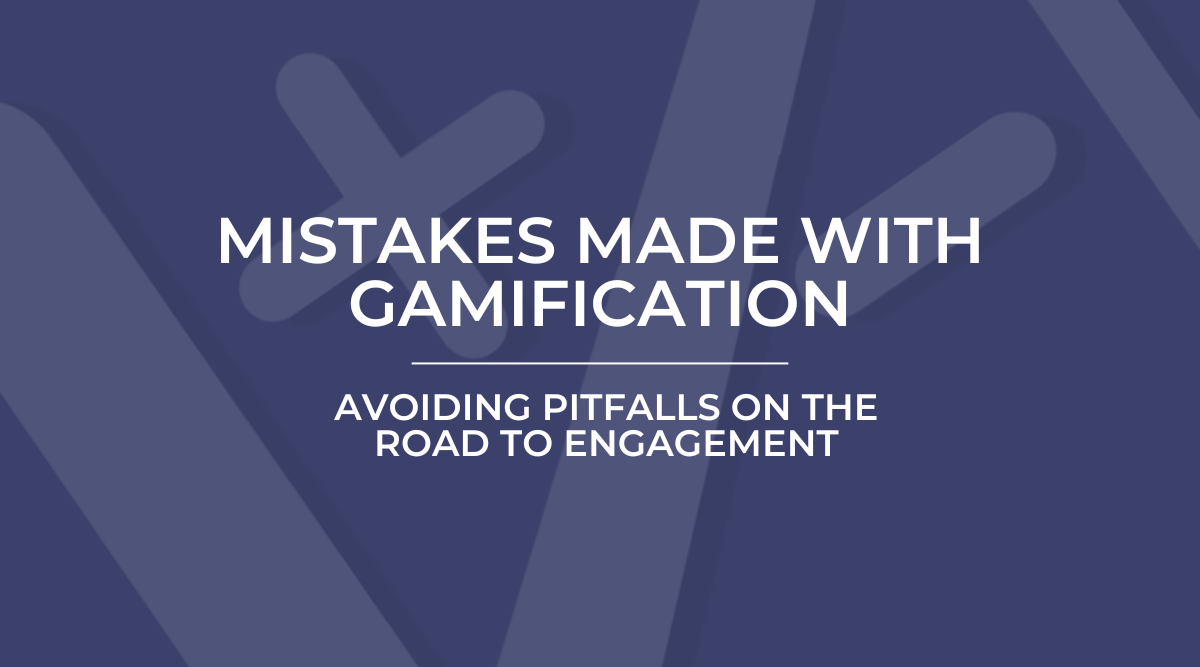Given the way gamification is exploding these days, some might find it surprising that the term has actually been around for two decades. Since then it’s been a very slow burn – with its first major milestone reached in 2009 when Foursquare became the first platform to use location check-in and awarded users points for going to places they’d never been before. Their concept was “turning life into a game” and they were clearly on to something, as at one point Foursquare was valued at more than half a billion dollars. Facebook and other social media outlets followed suit with check-ins, and before we knew it various forms of gamification were spreading to dozens of industries. In 2015, tech guru Yu-Kai Chou’s book Actionable Gamification: Beyond Points, Badges, and Leaderboards took a deeper dive into this marriage of fun and psychology, pointing out that focusing on one at the expense of the other reduces productivity, especially in the long term.
Today, everyone from CEOs to elementary school teachers are touting gamification as a means of aiding in data retention and boosting performance, largely through the enjoyment of otherwise mundane tasks. As with any craze, however, some are jumping on the bandwagon without fully understanding how to properly harness its power. Here are ways in which your organization can avoid some of the most common gamification mistakes.
Keeping Things New and Exciting
Nothing will defeat the purpose of gamification faster than allowing your platform to become stagnant – for example, by continuing to offer the same or similar rewards over and over again. First, individual members of your team likely desire, and are motivated by, different things. One person may see a gym membership as an exciting opportunity to improve their health, but for another it’s equivalent to the ugly, never-to-be-worn sweater gifted to them on Christmas. Second, knowing the pot of gold is always the same reduces the impetus to keep striving, especially when it comes to expanding within their current level which can be just as important as moving on to the next. In addition, rewards alone will not necessarily increase the retention of skills and information. As studies show, being immersed in a relatable story narrative is what allows users to create the context and the mental associations between their experience and knowledge.
Balance Competition and Collaboration
One of the reasons gamification is so effective is that it speaks to our dual desires to be part of a team and receive recognition for our individual achievements. Over-emphasis on one or the other, however, can lead to discouragement (i.e. if certain individuals always win the points and badges) or frustration if certain team members consistently fail to engage, leaving others to pull their weight. This does not only affect the success of the platform but the organization as a whole, especially if one of the goals of using gamification is improved workplace culture. The key here is to conduct due diligence before designing your platform so you can determine what your team really needs and wants, then strike a balance between collaborative and competitive activities, as well as those not exclusively focused on prizes.
Design With the Future in Mind
With a goal of the continuous improvement of its users, gamification is an inherently forward-looking tool; that said, what we’re talking about here is an experience that provides an opportunity for them to connect with the overall mission and future of the organization in a way that goes beyond the next sale. This can go to the original intent of the founders (i.e., if the service or product itself involves the eradication or treatment of a disease) or a more recent shift in best practices to be more socially or environmentally conscious. Perhaps the company is a disruptor that will completely change the face of an industry. A platform that incorporates these aspects allows users to envision themselves as part of the organization in a larger way, rather than feeling siloed or focused only on the next sale or other incremental goals.
Engagement Starts at the Top
An organization can’t expect employees to remain excited about any initiative when it is not supported and promoted. The point of gamification is to create an environment conducive to optimized learning and performance, and this will be a fluid situation that requires the constant attention by management long after the initial roll-out. Also, be sure to take a holistic approach, meaning the platform should be integrated into all aspects of the business, not just trainings or recruitment.
Bottom line: you must recognize that gamification is not a cure-all for organizational challenges, but one piece of the puzzle. If you’re trying a build a more positive culture, you might also institute things like diversity and inclusion trainings and afterwork get-togethers that address shortcomings while fostering camaraderie and unity. Bottom line: cheerful emojis and avatars aside, gamification is serious business, one that with a stellar design and a long-term strategy, will bring great rewards.



